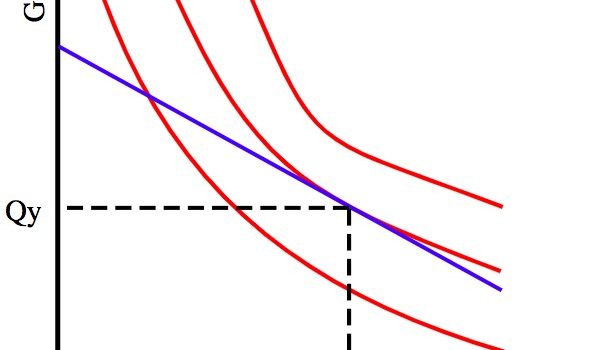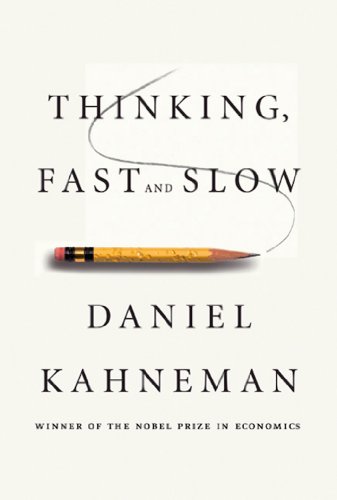

This article is an excerpt from the Shortform summary of "Thinking, Fast and Slow" by Daniel Kahneman. Shortform has the world's best summaries of books you should be reading.
Like this article? Sign up for a free trial here .
What’s an indifference curve? How does it explain how much I value my belongings? Where is it inaccurate?
An indifference curve is a graph that demonstrates goods are quantities that a person sees as equal in value. Indifference curves don’t always accurately describe reality–for instance, they can’t explain why we tend to overvalue our belongings.
We’ll cover the indifference curve definition and the properties of indifference curves.
Properties of Indifference Curves
An indifference curve shows how you value things. Let’s look an example using indifference curves to make this definition clearer.
Basic theory suggests that people have indifference curves when relating two dimensions, like salary and number of vacation days. Say that you value one day’s salary at about the same as one vacation day.
Theoretically, you should be willing to trade for any other portion of the indifference curve at any time. So when at the end of the year, your boss says you’re getting a raise, and you have the choice of 5 extra days of vacation or a salary raise equivalent to 5 days of salary, you see them as pretty equivalent.
But say you get presented with another scenario. Your boss presents a new compensation package, saying that you can get 5 extra days of vacation per year, but then have to take a cut of salary equivalent to 5 days of pay. How would you feel about this?
Likely, the feeling of loss aversion kicked in. Even though theoretically you were on your indifference curve, exchanging 5 days of pay for 5 vacation days, you didn’t see this as an immediate exchange.
As with prospect theory, the idea of indifference curves ignores the reference point at which you start. In general, people have inertia to change.
This is called the endowment effect. Before you have something, you might have a certain indifference curve. But once you get it, a new reference point is set, and from this point loss aversion sets in—the utility of a gain is less than a corresponding loss.
Indifference Curves and the Endowment Effect
Indifference curves don’t always describe the reality of how we value things. Here are a few examples of when people overvalue things once they own it, therefore subverting the logic of the indifference curve:
- Sometimes you’re only willing to sell something for higher than you can buy it on the market (like a collector’s item).
- Owners who buy a house at higher prices spend longer trying to sell their home and set a higher listing price – even though the current market value is rationally all that matters.
The indifference curve is a useful tool, but beware of the endowment effect and how it affects the way you value your belongings.
———End of Preview———

Like what you just read? Read the rest of the world's best summary of "Thinking, Fast and Slow" at Shortform . Learn the book's critical concepts in 20 minutes or less .
Here's what you'll find in our full Thinking, Fast and Slow summary :
- Why we get easily fooled when we're stressed and preoccupied
- Why we tend to overestimate the likelihood of good things happening (like the lottery)
- How to protect yourself from making bad decisions and from scam artists






